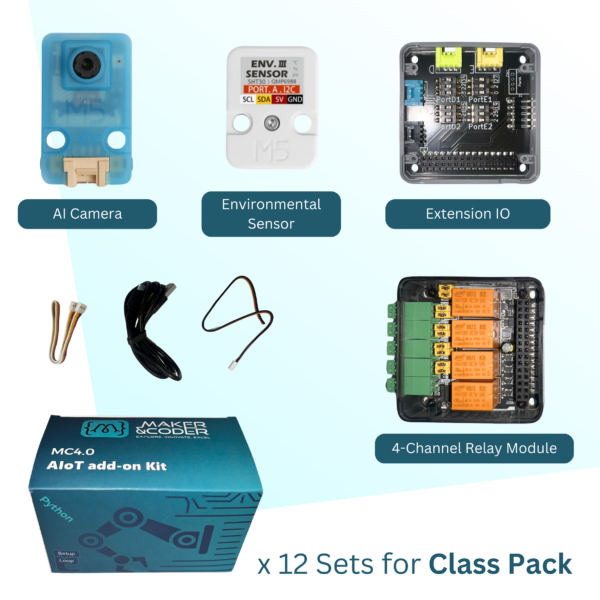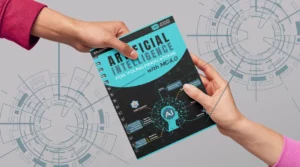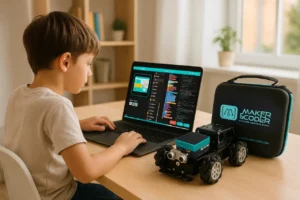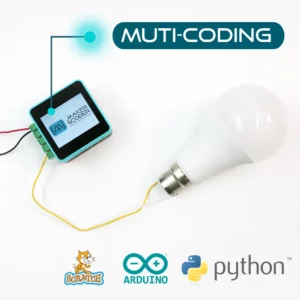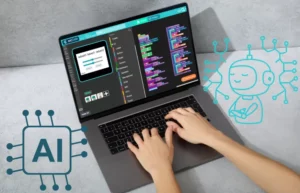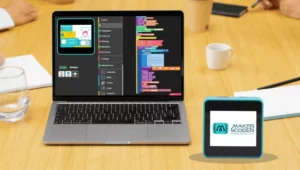Education in the UAE is evolving at lightning speed, driven by the integration of advanced technologies. Among these, AI education platforms stand out, promising a revolutionary shift in how students learn and teachers instruct. This blog delves into ten transformative ways these platforms are reshaping classrooms across the UAE.
1. Personalized Learning Pathways
AI platforms tailor educational content to fit individual learning styles and paces, ensuring that each student receives a personalized educational experience. Imagine a classroom where students not only assimilate knowledge but also interact with it in their unique ways. In the UAE, AI-driven systems analyze countless data points to understand each student’s strengths and weaknesses, crafting an educational journey that’s as unique as their fingerprint. These platforms develop personalized learning paths, which are dynamic and adaptive, growing with the student as they master skills. Such precision in personalization transforms the teacher’s role from a lecturer to a facilitator of exploration and discovery.
One of the most exciting prospects of personalized learning is its capacity to cater to diverse student populations, a characteristic very much in line with the multicultural fabric of the UAE. Through personalized learning strategies, AI facilitates a deep understanding of subjects by accommodating students who might otherwise struggle with conventional teaching methods. This approach not only improves engagement but also significantly boosts retention, as learners are presented with content in formats that resonate with their individual learning preferences.
Furthermore, the adaptive learning paths created by these platforms allow for a seamless transition between topics, creating a coherent and continuous learning arc. This continuous personalization ensures challenging areas are revisited and reinforced, enabling students to achieve mastery rather than just competence. The result is a more confident and capable learner, ready to tackle any academic or professional challenge.
2. Enhanced Student Engagement
Interactive AI features capture students’ interest, making learning more engaging and encouraging participation. The gamification of education is a game changer in this regard. By introducing game-like elements such as points, rewards, and levels, AI transforms routine learning activities into exciting challenges that motivate students to engage more deeply. This notion of ‘learning as play’ is particularly impactful in UAE classrooms, where cultural diversity can sometimes act as a hurdle in engagement. AI platforms break down these barriers, sparking curiosity across all student demographics.
In addition to gamification, AI provides customized feedback, offering students a 360-degree view of their learning journey. Real-time analytics and insights into their performance foster a sense of ownership over their education. This real-time interaction keeps students consistently engaged as they set personal learning goals and watch their efforts translate into tangible achievements. Platforms designed with AI technology reveal areas where students excel or struggle and then provide targeted support to push the learning level further.
3. Real-time Feedback and Assessment
These platforms provide instant assessments, allowing students and teachers to track progress in real-time and make necessary adjustments quickly. The speed of feedback is crucial in the modern educational landscape. Unlike traditional methods where students may wait days or weeks for test results, AI systems deliver instant assessments that highlight a student’s areas of excellence and opportunity. This immediacy means that learning gaps can be addressed before they widen.
The application of predictive analytics is another critical aspect of AI-driven education platforms. By analyzing patterns and trends in data, these systems can predict future performance issues, enabling preemptive interventions. For teachers, this means less time spent on administrative tasks and more time dedicated to teaching, mentoring, and inspiring students. Simultaneously, immediate feedback loops foster a culture of continuous improvement among learners, boosting their confidence and encouraging them to take charge of their educational journeys.
4. Resource Efficiency
AI platforms streamline administrative tasks, freeing up teachers to focus more on instructional quality and student interaction. One of the most significant challenges in education is the overwhelming burden of administrative work. AI systems automate many processes like grading, attendance tracking, and even lesson planning, allowing educators to dedicate more time to developing engaging curricula and providing personalized attention to students. This shift not only enhances the quality of education delivered but also improves teacher satisfaction by reducing stress and workload.
5. Promoting Critical Thinking
By challenging students with complex problem-solving tasks, AI encourages the development of critical thinking skills. In today’s fast-evolving world, critical thinking is an indispensable skill. AI platforms immerse students in scenarios that demand analysis, evaluation, and logical reasoning, helping them develop a problem-solving mindset that will benefit them throughout their lives. By presenting real-world scenarios, these platforms make abstract concepts tangible, promoting skills that are crucial in the 21st-century workplace and beyond.
6. Adaptive Curriculum Design
Curriculums can be dynamically adapted to fit evolving educational standards and student needs, ensuring relevant and up-to-date learning. In the UAE’s rapidly expanding educational sector, staying abreast of the latest developments and ensuring timely integration into curricula is crucial. AI-based platforms adjust learning plans in real-time, incorporating new knowledge and methodologies as they emerge. This adaptability ensures that students are always learning the most current and relevant information, preparing them effectively for future challenges.
Moreover, AI in STEM education has shown significant promise. Students are introduced to exciting new technologies such as AI, IoT, and data science, allowing a dive into the complexities of these subjects. This approach ensures their learning is interconnected with the technological shifts dominating modern careers and industry standards. As the professional landscape evolves, so must our educational content, and AI platforms are ideally poised to handle this adaption with precision and foresight.
7. Bridging Educational Gaps
AI platforms provide additional support for students who may struggle, helping bridge educational disparities across diverse student populations. The idea is to provide a level playing field, ensuring all students, regardless of their background or starting point, can achieve academic success. Personalized tutoring and learning aids are central to this approach, offering real-time feedback and interventions that are particularly beneficial for late bloomers or those with learning difficulties.
8. Language and Cultural Inclusivity
AI resources accommodate multiple languages and cultural contexts, important in a diverse country like the UAE. Cultural sensitivity in educational content ensures students from various backgrounds feel included, respected, and engaged. By supporting multiple languages, AI platforms cater to the unique cultural mosaic that defines the UAE, ensuring no student is left behind due to language barriers. Language-specific resources further ensure that complex topics are understandable without losing substance, enhancing comprehension and retention among non-native speakers.
On the cultural front, these platforms can adapt content to reflect regional histories, values, and perspectives, fostering a deeper connection between students and their learning material. This adaptability is crucial in promoting understanding, tolerance, and cooperation among students from different cultural backgrounds, creating a more harmonious and inclusive educational environment.
9. Career Preparedness
By exposing students to cutting-edge technology, AI platforms better prepare them for future careers in a tech-driven world. The incorporation of AI into education is a strategic move to bolster the UAE’s vision of developing a knowledge-based economy. As students engage with advanced technologies in classroom settings, they cultivate the skills and competencies needed in today’s and tomorrow’s job markets. Real-world applications and collaborative projects foster an innovative spirit while developing essential problem-solving and critical-thinking skills.
10. Encouraging Innovative Teaching Methods
Teachers are inspired to adopt more innovative approaches to pedagogy, supported by AI tools that facilitate experimental teaching strategies. The freedom to try new methods without the fear of failure encourages educators to experiment and align their strategies with modern educational paradigms. By integrating AI into lesson planning, teachers can create immersive experiences that stimulate curiosity and enhance learning outcomes, ultimately preparing students for success in the digital age.

